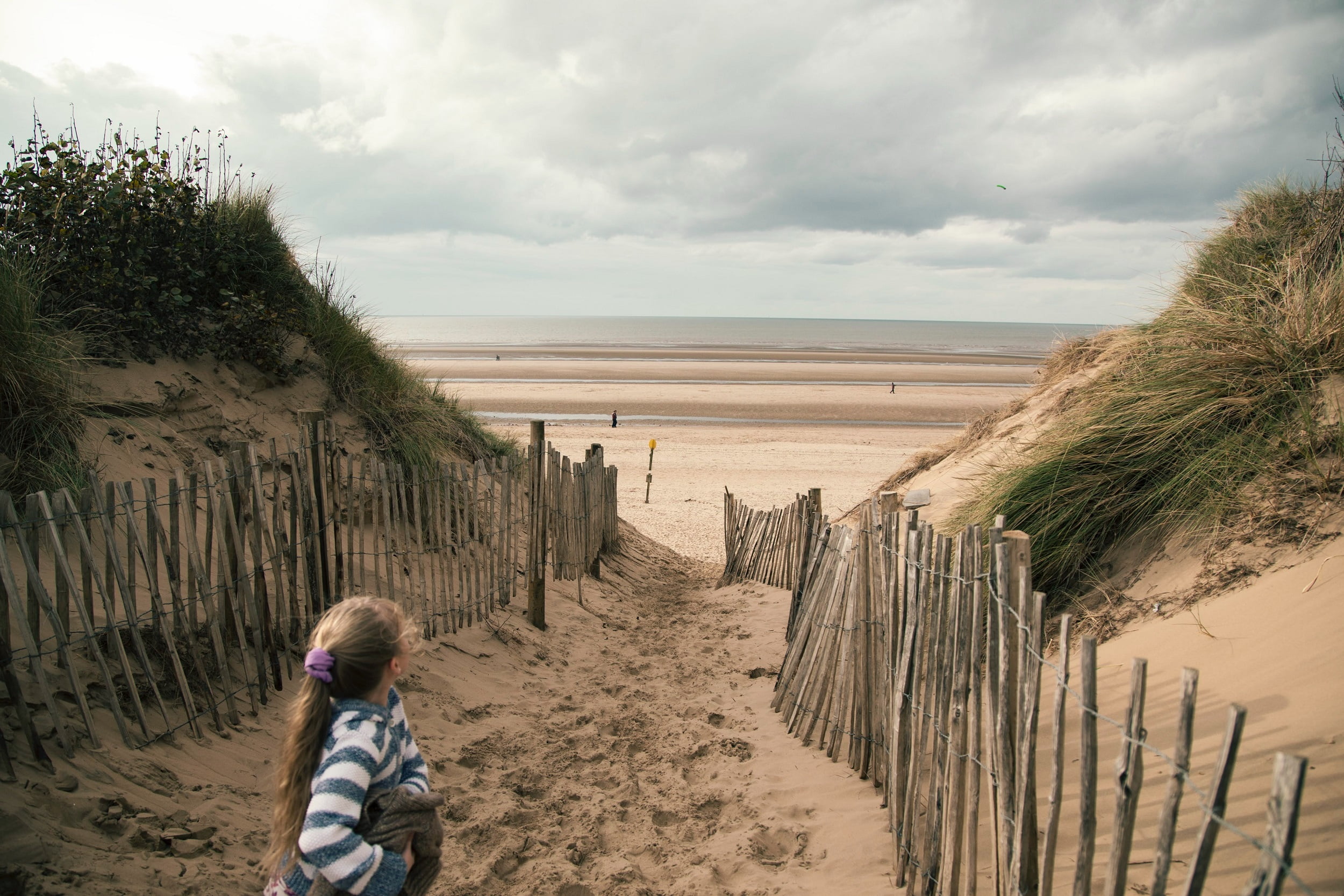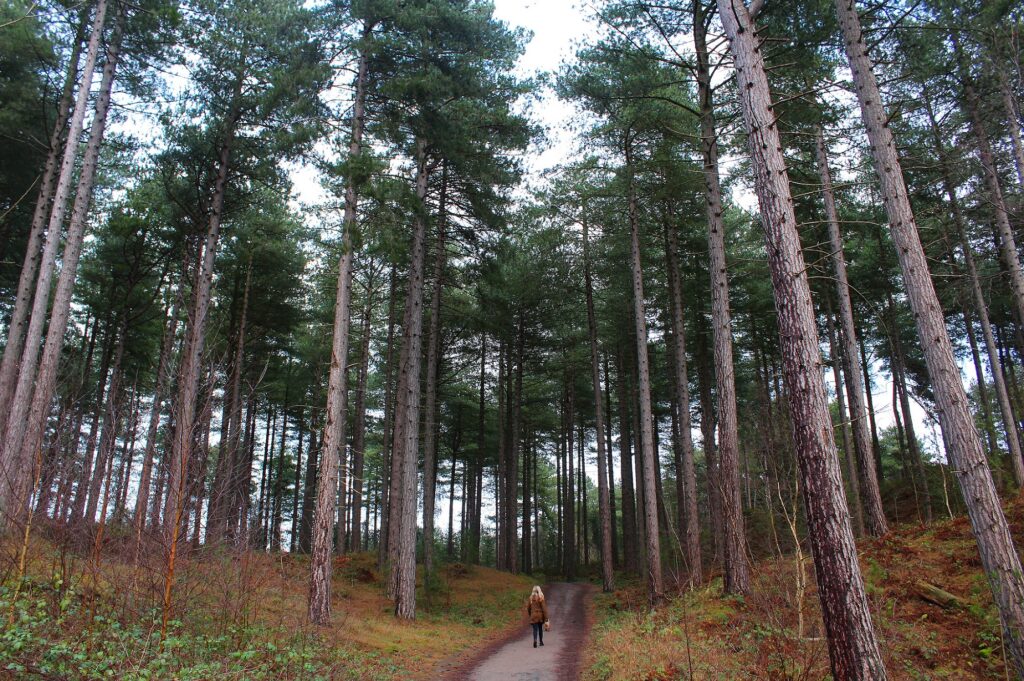When considering a day trip of exploration of the UK’s natural beauty, you could be excused for dismissing Formby National Trust as the ideal location.
Introduction to Formby National Trust
That’s exactly what I thought when searching for a COVID-friendly day out for two earlier this year. After all, what is Formby even known for except golf resorts and footballer-spotting?
Admittedly, the town of Formby itself leaves a lot to be desired, and it’s small, somewhat rundown centre seems in great contrast to the sprawling mansions that surround its outskirts.
But the reason for Formby’s reputation as a desirable location becomes clear when, only a hop, skip and a jump from the local Waitrose, you can stumble upon one of the most varied and historic areas of natural beauty that the UK has to offer.
What to Expect from Formby
Formby National Trust is a sprawling coastal getaway, with miles of scenery populated by untouched wildlife, containing:
- One of the few woodland areas in the UK still populated by red squirrels,
- Sprawling sand dunes,
- Miles of untouched beach, from which you can see:
- the ghostly silhouettes of near-distant shipwrecks from bygone eras,
- the preserved footprints of prehistoric humans and animals.
Formby National Trust is so large that it has two car parks, both surrounded with a multitude of locations to explore. We chose the Lifeboat Road car park, based on its proximity to the beach; however, the Victoria Road car park is perfect for those who would prefer to explore the woodland.
Freedom to Explore
That’s not to say that visitors are restricted to any one location; on the contrary, one of the selling points of the area is the complete freedom to hike, stroll, climb and paddle every nook and cranny of the locale without being impeded by time or land restrictions. It is accessible for 24 hours of the day, after all.
All that is asked, for the privilege of access, is that visitors leave local residents undisturbed and that any areas visited are left as they were found.
Entering Formby National Trust


Upon entering the nature reserve, we were first greeted by a narrow road lined with imposingly tall trees. Driving through the woodland, we eventually reached an opening, revealing the sprawling coastline in front, the woodlands behind and the sand dunes to the right.
We first stepped into the red squirrel reserve, which took use down a variety of wooded pathways, over narrow bridges and overhanging leaves, and sprawling hills of thin, tall spindly trees.
Although we didn’t get a chance to see any squirrels, we weren’t disappointed by the local wildlife. The area is not just populated by red squirrels, but also wild rabbits, which hop about freely, and a huge variety of birds, including large ravens, clearly used to humans, who peered at us intelligently from tree branches as we passed by.
Formby Coastline
One of my favourite aspects of Formby National Trust is the sheer choice available. Once we’d exhausted our search of the woodland, we chose to head towards the coastline, but rather than follow the well-treaded main paths we looped around to the back-right, hiking through fields of tall grasses and eventually finding ourselves in the midst of a cluster of immaculate sand dunes.
At this point in the day the sun was high in the sky, and the sand was dry and golden. Hiking over the dunes was no easy feat, and as visibility is low, we got lost more than once in search of the beach, but that quickly became part of the enjoyment.


Eventually, as the sun was just about to dip, we found what we were looking for. Stepping down onto the beach from the dunes was an experience in and of itself, as the dunes, so enclosed and full of steep tumbling hills, are so wildly different from the seemingly unending stretch of flat, unbesmirched coastline we were greeted with.
At the time, we were wildly unprepared for the lack of seating areas or food stalls, and if I were to go back now I would likely bring a picnic blanket and some snacks to take advantage of the moment to watch the sunset on the beach in comfort. As it was, we were forced to explore on foot, which was hardly a shame given that there is so much to find.
Historic Formby
Formby beach is home to the wrecks of both the Ionic Star and the Bradda, both of which sank in the 1930’s. Their skeletal remains decorate the coast and can be inspected more closely when the tide is very low. Seeing them from the beach was hauntingly beautiful.
It’s important to note that the water, although clean and definitely swim-able, is from the cold Irish sea, and I wouldn’t recommend going in unless in the height of summer, nor would I go very far out as the waters can get choppy.
But perhaps some of the most interesting historical sights are the ones closer to land. In the sediment beds around the beach, prehistoric footprints of both humans and animals – including birds, wolves and deer – can be found by those inclined to search for them. These footprints have been dated at between 5-7,000 years old and are still subject to archaeological study.
Ultimately, the single day of exploration we had at Formby National Trust wasn’t nearly enough time to fully experience its beauty, and now that I know what to expect, I’m already eager to go back and find more hidden gems of history – preferably armed with a map and one of the National Trusts handy walking guides.
With a seemingly endless amount of space and a huge variety of areas to explore, it’s easy to understand now why this area of Formby is so popular with the footballing elite. After all, who wouldn’t want to train in this wild landscape?
If you liked reading about Formby National Trust, be sure to check out our other UK exploration blog posts!
